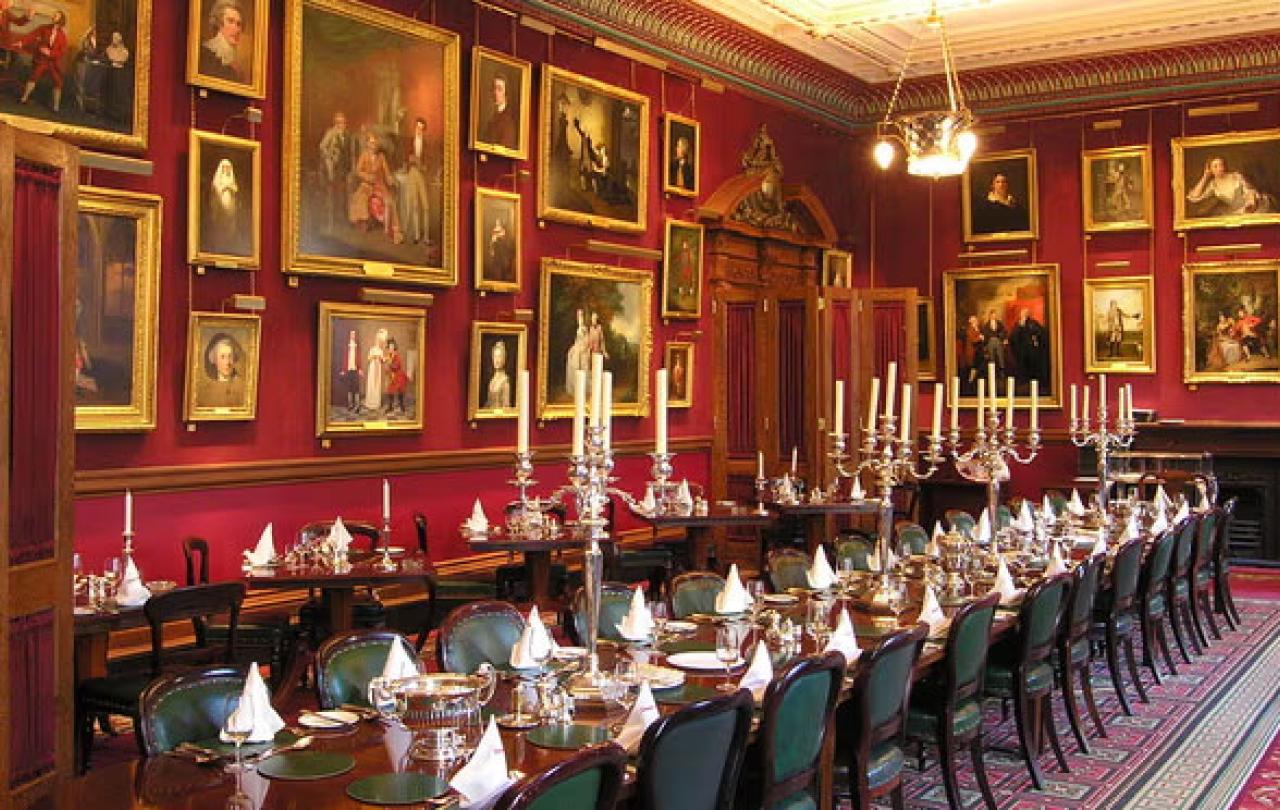
Since 2001, Mental Health Awareness Week has been marked once a year in May. This year, the theme was anxiety - an increasingly relevant topic in a country that has endured three years of world-changing crises and the soaring cost of living. Research from the Mental Health Foundation has found that 1 in 10 UK adults feel hopeless about financial circumstances and more than one-third feel anxious.
For centuries, it has been recognised that spiritual well-being is closely tied to mental well-being. By spiritual wellbeing, I don’t mean organised religion. I mean our sense of relationship to a higher-power or reality beyond our own, and our sense of purpose and meaning in life, as Craig Ellison outlines it as in his paper Spiritual Well-Being: Conceptualization and Measurement.
In Man’s Search for Meaning holocaust survivor Victor Frankl compellingly makes the case that in a world of suffering, our survival depends on our sense of purpose, meaning and hope. Frankl coined the term ‘the self-transcendence of human existence’ by which he explained that human beings look for meaning beyond themselves, either in a cause, a person to love, or a higher power.
With an increased understanding of the holistic nature of wellbeing, and the value of spirituality, a new way of looking at health is emerging.
While modern psychologists are still building a clinical-grade evidence base on the value of spirituality, there is clear agreement that spiritual wellbeing is crucial for a good quality of life, especially for those who are facing adverse life events, as you can read on the US National Library of Medicine web site. Traditionally, health provision in the UK has focused exclusively on the physical, and more recently the mental. However, with an increased understanding of the holistic nature of wellbeing, and the value of spirituality, a new way of looking at health is emerging.
Social prescribing is one way in which this is being done, and across the country.
In social prescribing, local agencies such as charities, social care and health services refer people to a social prescribing link worker. Social prescribing link workers give people time, focusing on ‘what matters to me?’ to coproduce a simple personalised care and support plan. This involves ‘prescribing’ individuals to local community groups such as walking clubs, art classes, gardening groups and many other activities.
Churches are playing a crucial role making social prescribing happen. St Mary’s Church in Andover, offer a wellbeing course to members of the community who have been directed to them through the local GP surgery.
Members of Revival Fires Church in Dudley have been trained to offer Listening and Guidance support to those who are referred by a GP.
Beyond social prescribing, St John’s Hoxton in London offer the Sanctuary Mental Health course to their community which gives people an opportunity to share their experiences and find solidarity in their struggles.
Church provides a space where the breadth of our wellbeing, our desire for purpose, community and hope can be supported in a way that the NHS does not have capacity or experience to deliver. As the Archbishop of Canterbury, Justin Welby, writes
"The issue of mental health is one that requires a holistic approach on an individual basis, incorporating as appropriate psychiatric, medical and religious support’.
Olivia Amartey, Executive Director for Elim, an international movement of Pentecostal churches adds,
‘I am convinced that there is no other organisation on earth that cares for the whole person, as well as the church. Its engagement with the statutory authorities, focussed on individuals’ well-being, provides an invaluable opportunity for a synchronised partnership to the benefit of all our communities.’
Jesus told his followers, ‘I have come so that you can have life and have it to the full’. This is the hope that animates churches. Christians find meaning and purpose in the hope of life, peace and justice that Jesus gives. Church can be a space where the complexity of hurt and suffering is acknowledged, and where we can find solidarity and support in the presence of those who can help us find purpose and meaning.
At ChurchWorks, a commission of leaders from the 15 biggest church denominations in the UK, we are excited by the prospect of more churches providing this space. On 18th May we held ChurchWorks for Wellbeing, in which we gathered over 300 church leaders to explore how the church can bring hope to our communities in this time. We shared stories of small and simple conversations, where offering a listening service, an art class or a food pantry enabled churches to give people in their community space to be, to grieve, to process and to grow. From the conference, it is our hope that we will see hundreds more churches start to engage in social prescribing and welcome their communities to access holistic wellbeing support.
At a time when anxiety is rife, and it is so easy to feel despair and hopelessness, the church offers a vital resource to us: a place where our spiritual wellbeing can be nurtured, where we can find purpose, where we can find community, where we can find hope.





